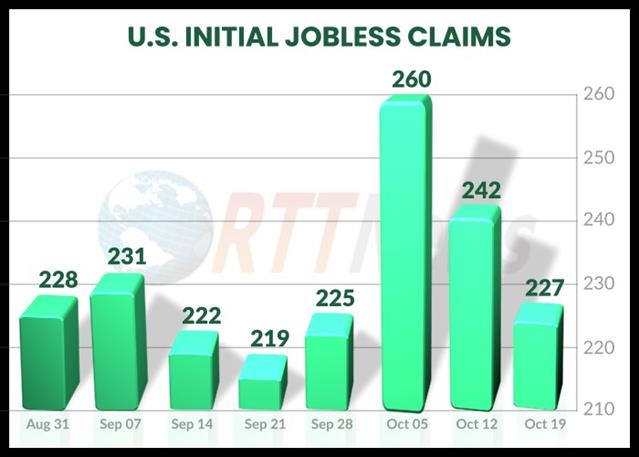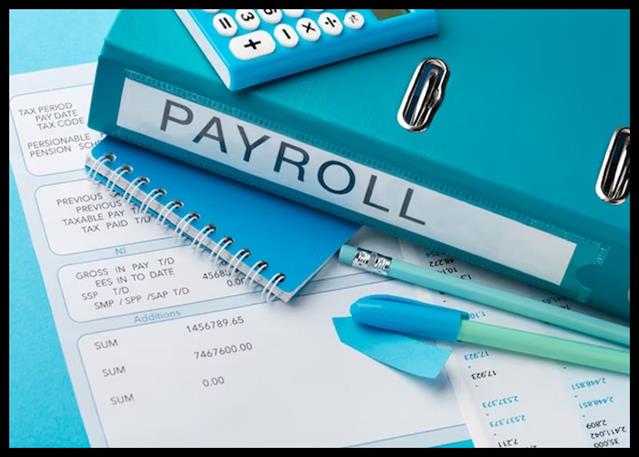South Korea GDP Shrinks 0.2% In Q2
South Korea's gross domestic product contracted a seasonally adjusted 0.2 percent on quarter in the second quarter of 2024, the Bank of Korea said on Thursday. That was in line with expectations foll...

South Korea’s gross domestic product contracted a seasonally adjusted 0.2 percent on quarter in the second quarter of 2024, the Bank of Korea said on Thursday.
That was in line with expectations following the 1.3 percent increase in the first quarter.
On an annualized basis, GDP was up 2.3 percent – again matching forecasts and slowing from 3.3 percent in the three months prior.
Real gross national income (real GNI) decreased by 1.4 percent in the second quarter of 2024 compared to the previous quarter.
On the production side, manufacturing increased by 0.8 percent, mainly due to increases in transportation equipment. Construction fell by 6.0 percent, as building construction and civil engineering both decreased.
Services remained at the previous quarter’s level, as transportation & storage and real estate increased, despite a decrease in information & communication and in wholesale & retail trade, accommodation & food services.
On the expenditure side, private consumption fell by 0.2 percent, as expenditures on goods (e.g., motor vehicles, clothing) declined. Government consumption rose by 0.6 percent, mainly due to an increase in expenditures on goods.
Construction investment contracted by 1.7 percent as building construction and civil engineering both decreased. Facilities investment fell by 1.2 percent, with a decrease in machinery (e.g., semiconductor manufacturing equipment).
Exports rose by 1.2 percent, as motor vehicles and chemical products increased.
Imports grew by 1.6 percent, owing to increased energy (e.g., crude oil and natural gas) and petroleum products.
Nominal GNI rose by 0.9 percent in the second quarter of 2024 relative to the quarter before, falling short of the growth rate of nominal GDP (1.0 percent) as net factor income from the rest of the world decreased.
Real GNI fell by 1.4 percent compared to the previous quarter, decreasing more than real GDP (-0.2 percent), as real trading losses increased due to deteriorating terms of trade.
The GDP deflator rose by 4.8 percent year on year.
The gross saving ratio (gross saving/gross national disposable income) stood at 35.2 percent, 0.1 percentage points higher than in the previous quarter, as nominal gross national disposable income (0.9 percent) increased more than the final consumption expenditure (0.7 percent).
The gross domestic investment ratio (gross capital formation/gross national disposable income) was 30.7 percent, 1.0 percentage points higher than in the previous quarter, as nominal gross national disposable income (0.9 percent) fell short of the gross capital formation (4.3 percent).
- Check out our free forex signals
- Follow the top economic events on FX Leaders economic calendar
- Trade better, discover more Forex Trading Strategies
- Open a FREE Trading Account


